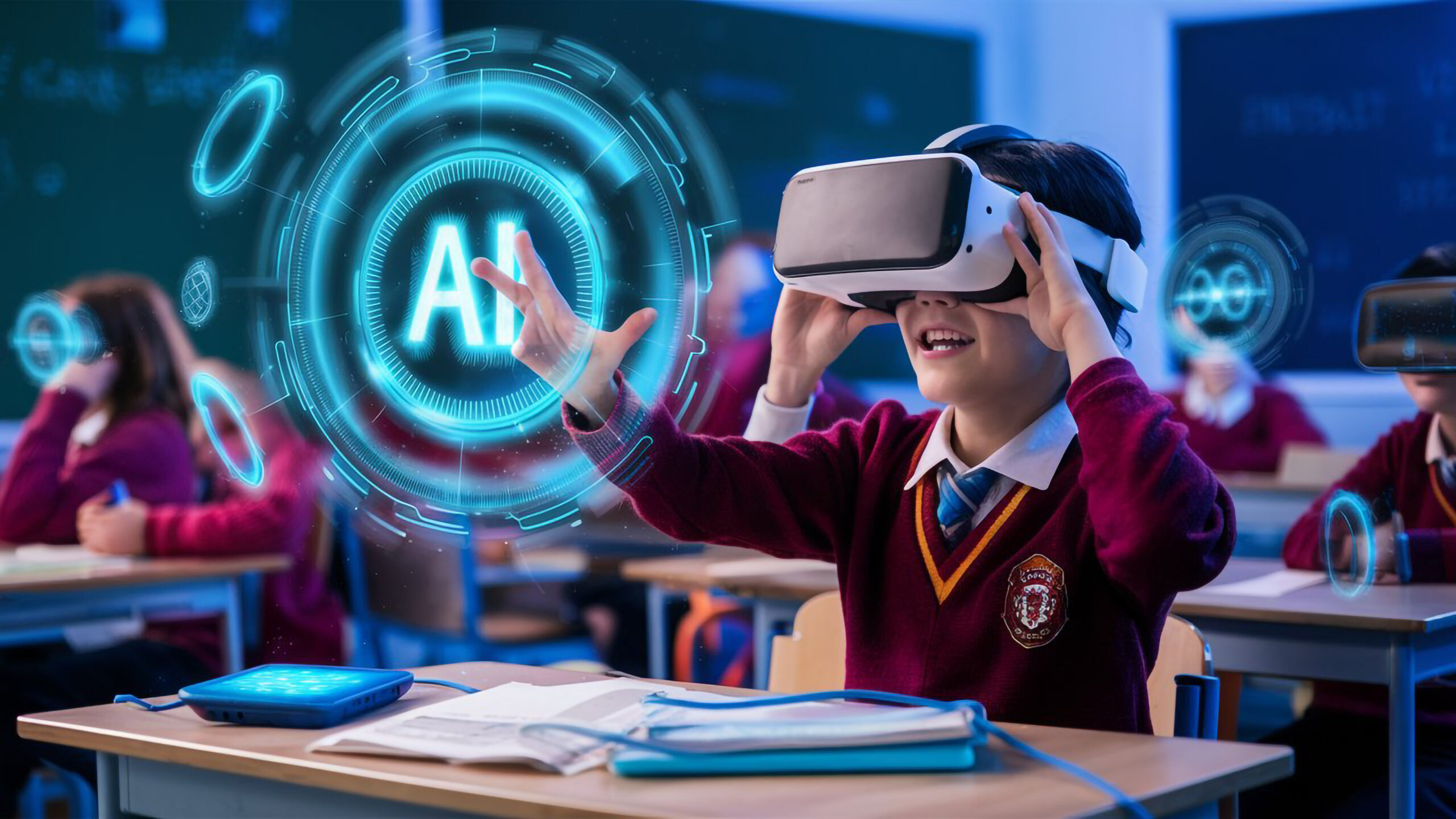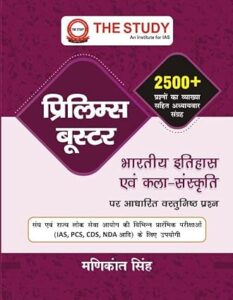The Cautionary Integration of Superhuman AI in School Education
AI in School Education
Superhuman AI, or SHAI, is artificial intelligence that can work at levels beyond human capabilities. People often get excited about its potential, especially in education, where SHAI could give students more personalised help, quicker feedback, and allow teachers to focus on students rather than administrative work. But while these benefits are tempting, we have to think about the possible downsides, too.
When we rely too much on SHAI, we might risk making students less independent thinkers, limit the ways we can learn, give up control over our education, and worsen inequalities among students. For these reasons, we should be extremely careful with SHAI in schools and only consider using it when we are sure it is completely safe and fair.

Weakening Students’ Thinking Skills: The Risk of Superhuman AI Cognitive Hollowing
One of the biggest dangers of using SHAI in schools is something called “cognitive hollowing.” This term refers to a situation where, if students rely too much on SHAI, they may not get the chance to develop important thinking skills like problem-solving, decision-making, and critical thinking. SHAI can quickly give students the right answers and help with complex tasks, but if students start depending on it too much, they may stop trying to figure things out on their own.
For example, calculators make it easier to do math, but relying on them too much can make it harder for students to understand basic math concepts. In the same way, if students use SHAI all the time, they might miss out on learning how to solve problems, analyse situations, or make decisions for themselves. When we let SHAI do most of the thinking, students might not get the experience they need to become strong, independent thinkers.
Instead of letting SHAI take over all learning tasks, schools should make sure it is used in a way that encourages students to think and make decisions. For instance, SHAI could help by suggesting ideas or showing different ways to approach a problem, but the final decisions and critical thinking should still be left to the students. This way, students can still practice problem-solving and gain confidence in their own thinking abilities while using SHAI as a helpful tool rather than a replacement.
Interaction Problems: How Superhuman AI(SHAI’s) Form Limits Learning
SHAI often interacts with students through a screen, like on a phone, computer, or tablet. This is called its “form factor,” and it can limit how SHAI connects with students. In traditional classrooms, learning is not just about answering questions; it involves face-to-face interactions, body language, and group activities that help students grow emotionally and socially. However, SHAI cannot fully replace this human connection through a screen.
Some experts think that SHAI might work better in a robotic form that could mimic human teachers, but technology has not reached that point yet. A computer screen or tablet cannot fully capture the same experience that students get in a real classroom, where they interact with teachers and classmates. These interactions are essential because they help students learn about emotions, teamwork, and empathy, all of which are necessary for a balanced education.
Until SHAI can interact in a way that supports social learning, it might not be the best tool for helping students develop these soft skills. Social interactions, like group work and face-to-face conversations, help students understand others and learn to work together, which are valuable life skills. So, while SHAI might be helpful for things like tutoring or extra practice, it should not replace the social side of learning that happens in a classroom setting.
Losing Control: The Risk of Reduced Human Choice in Education
Another concern with SHAI in education is that it could reduce the role of teachers and students in making learning choices. When SHAI becomes the main tool for deciding what students learn, how they learn, or how they are graded, it could start to take over responsibilities that are usually in the hands of teachers and students. This raises the risk that SHAI could make education more automated, with less human control and flexibility.
For instance, if SHAI decides on lesson plans or grading systems, students and teachers may have less freedom to explore topics, try new learning styles, or adjust lessons based on students’ needs. SHAI’s decisions are based on algorithms, which are step-by-step instructions created by programmers. While these algorithms can be powerful, they might not always consider the unique needs of each student. Unlike a teacher, SHAI does not have the emotional understanding to adapt lessons based on what each student is going through.
A balanced approach would be to use SHAI as a tool that supports teachers instead of taking over their roles. Teachers could use SHAI to gain insights into student performance and get ideas for improving lessons, but the final choices about teaching should remain with human educators. This way, we can keep human flexibility and understanding in education while still using the advantages of SHAI.
Widening the Gap: SHAI Could Increase Inequalities in Education
SHAI could also make existing educational inequalities worse. Since advanced technology like SHAI can be expensive, wealthier schools and families are more likely to have access to it, while under-resourced schools may be left behind. This means that students in richer communities may receive personalised, high-tech education, while students in poorer areas may not get the same opportunities.
SHAI might also include biases that affect how it treats different groups of students. Since AI systems learn from past data, they could inherit any biases present in that data. This could mean that students from certain backgrounds might receive unfair treatment from SHAI systems. For example, if a predictive model has been trained on biased data, it might unfairly label some students as at risk, which could affect their educational opportunities.
To make sure that SHAI benefits all students equally, developers and educators must focus on fairness and accessibility. This means creating SHAI systems that do not favour one group over another and making sure these tools are available to students in all types of schools. By monitoring SHAI’s performance and adjusting it for fairness, we can help make education more inclusive.
The Ethical Choice: Why Human-Centred AI Matters
A better way to use SHAI in education is through a concept called Human-Centred AI (HCAI). This approach means that SHAI should help people rather than replace them. HCAI focuses on making sure that SHAI is safe, fair, and transparent so that teachers and students know how it works and can trust it. HCAI is designed to support human abilities, not take them over.
HCAI also makes sure that SHAI follows ethical guidelines and respects students’ and teachers’ needs. It aims to be an assistant, not a leader, in the classroom. By using HCAI, schools can keep the benefits of SHAI—like efficiency and personalised help—without losing the human side of teaching and learning. This approach can help students and teachers work with SHAI in a way that respects each person’s unique skills and role in education.
By focusing on HCAI, we can make sure that SHAI is used responsibly. This means that educators and policymakers should always think about the impact SHAI might have on students’ minds, choices, and learning environments before they bring it into classrooms. Using HCAI means setting clear rules that protect students from potential harms, like weakened thinking skills or unfair treatment.
Conclusion
In summary, SHAI in education brings both exciting possibilities and serious risks. On the one hand, it could make learning more personalised, efficient, and available to students. But on the other hand, it could weaken students’ thinking skills, limit social learning, reduce control over educational decisions, and make the gap between rich and poor schools even wider. These challenges suggest that we should be extremely careful when considering SHAI in classrooms.
Using SHAI as a last option, only when it is proven safe and fair, is the best way forward. By keeping human oversight, ethical principles, and fairness at the centre of any SHAI use in education, we can make sure it helps students rather than hurts them. If we stay alert to SHAI’s potential impacts, schools can take advantage of what AI has to offer without losing the qualities that make education meaningful and human-centred. This cautious approach could lead to a future where SHAI plays a positive role in education, helping students become well-rounded, thoughtful, and independent learners.
Subscribe to our Youtube Channel for more Valuable Content – TheStudyias
Download the App to Subscribe to our Courses – Thestudyias







SHAI in education brings both exciting possibilities and serious risks. On the one hand, it could make learning more personalised, efficient, and available to students. But on the other hand, it could weaken students’ thinking skills, limit social learning, reduce control over educational decisions, and make the gap between rich and poor schools even wider.